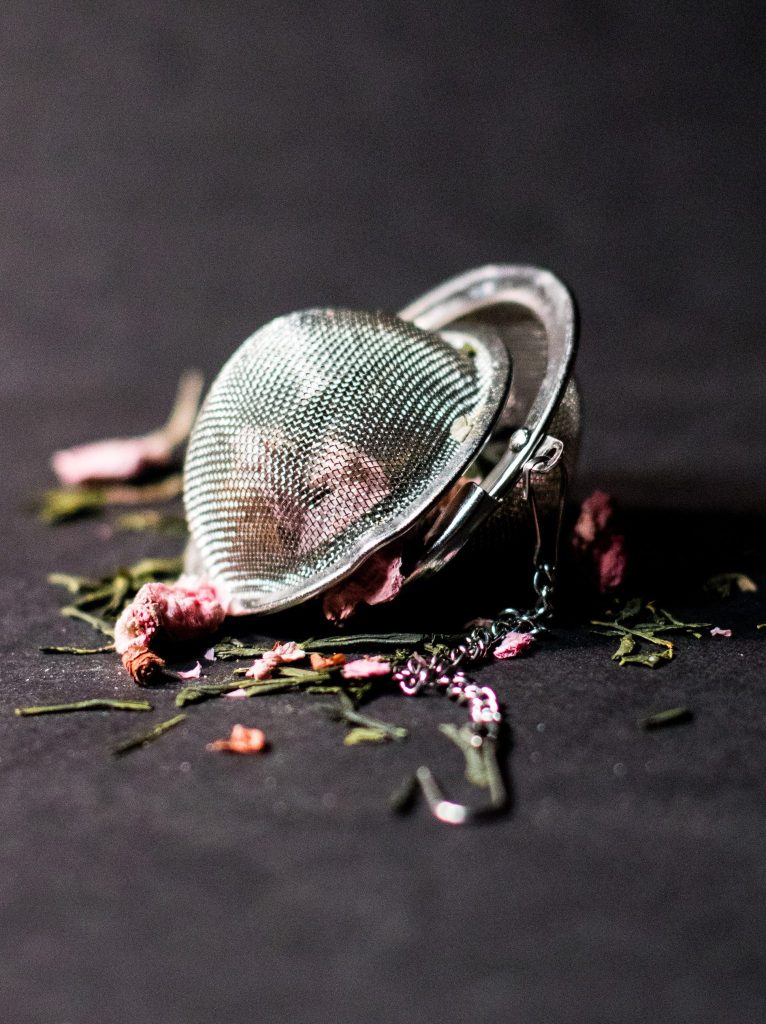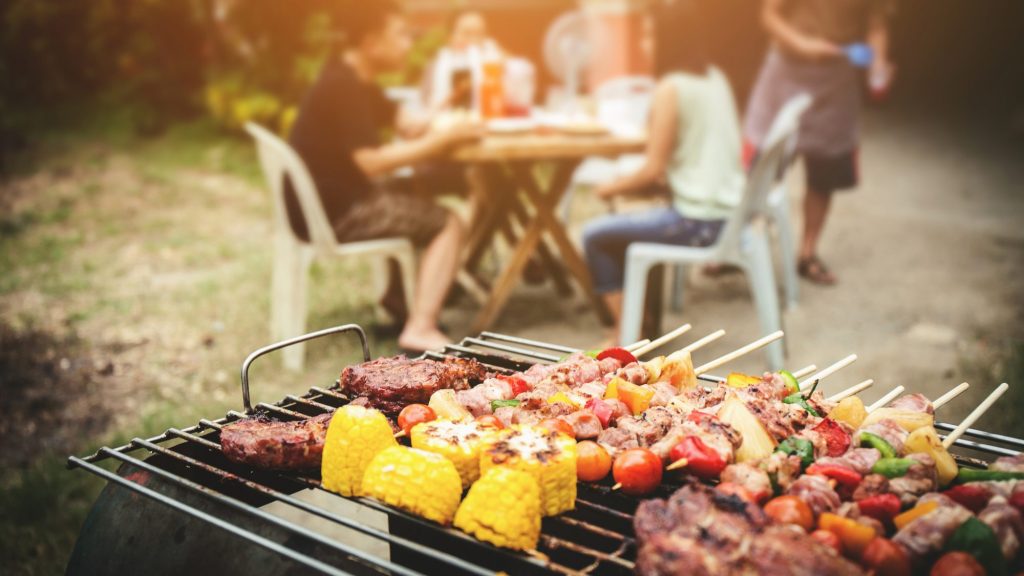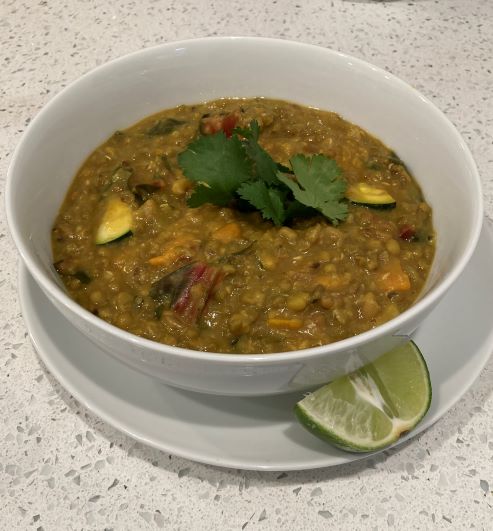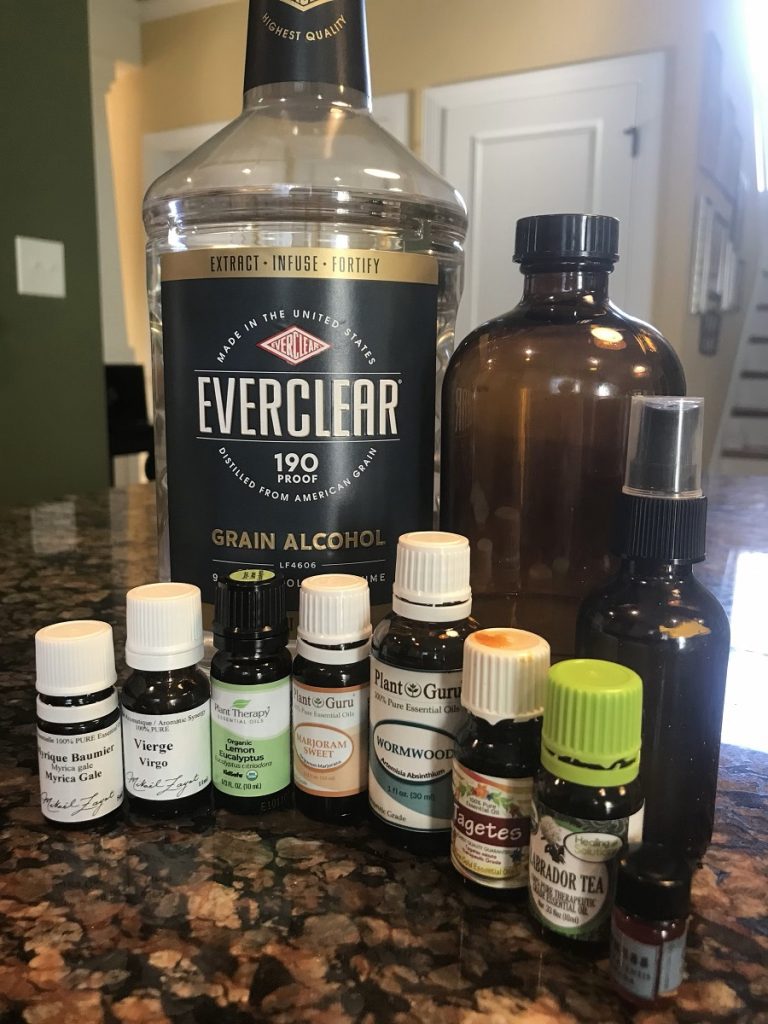Didem Miraloglu, MD, MS
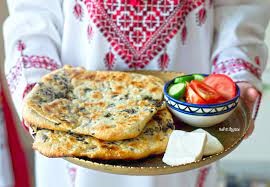
Za’atar is a Middle Eastern spice blend that typically includes a mix of dried thyme, oregano, marjoram, sumac, sesame seeds, and salt. It’s a staple in Palestinian cuisine and is used in various dishes, such as meats, salads, bread, and dips. While specific health benefits can vary based on individual ingredients and their proportions in the blend, here are some potential health benefits associated with Palestinian za’atar:
1. Rich in Antioxidants: Thyme, oregano, and sumac, commonly found in za’atar, are rich in antioxidants that help fight oxidative stress and reduce the risk of chronic diseases.
2. Anti-inflammatory Properties: Many of the herbs in za’atar, like thyme and oregano, contain compounds that possess anti-inflammatory properties, potentially aiding in reducing inflammation in the body.
3. Digestive Health: Some of the herbs in za’atar, like thyme and oregano, are believed to have digestive benefits, aiding in digestion and potentially soothing digestive issues.
4. Possible Antibacterial and Antifungal Effects: Some studies suggest that certain compounds in thyme and oregano may have antibacterial and antifungal properties, which could help infighting off infections.
5. Improved Cognitive Function: Rosemary, sometimes included in za’atar blends, has been linked to improved cognitive function and memory.
6. Rich in Nutrients: Sesame seeds in za’atar provide healthy fats, protein, and important minerals like calcium, magnesium, and zinc.
It’s incredibly versatile and can be used in various recipes.
Here are a few ideas:
1. Za’atar Hummus:
Blend chickpeas, tahini, garlic, lemon juice, olive oil, and a generous amount of za’atar until smooth. Adjust seasoning to taste. Serve with pita bread or vegetable sticks.
2. Za’atar Roasted Vegetables:
Toss vegetables like cauliflower, carrots, and zucchini in olive oil, sprinkle with za’atar, salt, and pepper. Roast in the oven until golden brown and tender.
3. Za’atar Grilled Chicken:
Marinate chicken breasts or thighs with olive oil, lemon juice, garlic, and za’atar. Grill until fully cooked and serve with a side of yogurt sauce mixed with a bit of za’atar.
4. Za’atar Flatbread:
Mix za’atar with olive oil and spread it over flatbread dough. Bake until golden and crispy. Enjoy it as a side to dips, soups, or salads.
5. Za’atar Salad Dressing:
Whisk together olive oil, lemon juice, a dash of honey, salt, pepper, and za’atar. Drizzle over a mixed green salad or a chickpea salad for added flavor.
6. Za’atar-Crusted Fish:
Mix za’atar with breadcrumbs or almond meal. Coat fish fillets in the mixture and bake or pan-sear until the crust is crispy and the fish is cooked through.
7. Za’atar Focaccia Bread:
Add za’atar to the dough when making focaccia bread. Sprinkle extra on top along with olive oil before baking.
8. Za’atar Popcorn:
Sprinkle popped popcorn with melted butter or olive oil and za’atar for a unique and flavorful snack.
9. Za’atar Potatoes:
Toss potato wedges with olive oil and za’atar. Roast them until crispy on the outside and tender on the inside.
10. Za’atar Yogurt Dip:
Mix za’atar into Greek yogurt along with a little garlic powder, lemon juice, salt, and pepper. Serve as a dip for veggies, pita chips, or crackers.
Feel free to adjust the quantities of za’atar based on your taste preferences. It’s a versatile spice blend that can add a unique and delicious flavor to various dishes!
It’s essential to note that while these herbs and spices offer potential health benefits, they are typically consumed in small amounts as part of a larger diet. The overall health effects will also depend on an individual’s diet and lifestyle. Additionally, the specific composition of za’atar can vary, so the health benefits might differ accordingly.
As with any food or spice, moderation is key. Incorporating za’atar into a well-balanced diet can be a flavorful way to potentially enjoy some health benefits, but it should be part of an overall healthy lifestyle. If you have specific health concerns or conditions, it’s advisable to consult with a healthcare professional for personalized advice.
Your Partner In Health,
Didem Miraloglu, MD, MS










